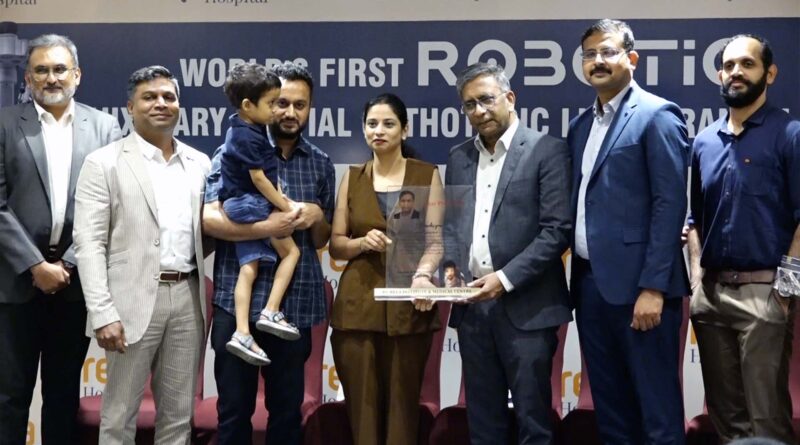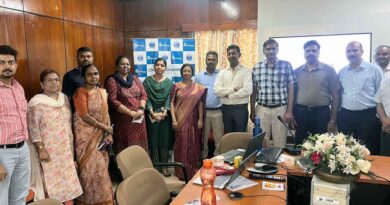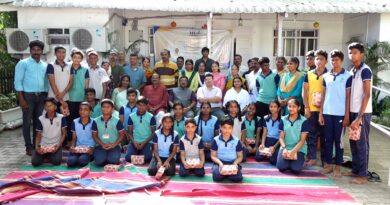World’s First Robotic Liver Transplant on a 5-Year-Old Child Performed Successfully
Chennai: Rela Hospital, a globally renowned leader in liver transplant surgery, has achieved a historic milestone by becoming the first hospital in the world to perform a robotic liver transplant on a five-year-old child. This groundbreaking surgery marks a major advancement in both pediatric and robotic surgery, combining cutting-edge technology with complex surgical expertise to deliver faster recovery and improved outcomes.
The patient, a five-year-old boy, was diagnosed with a rare genetic condition called Urea Cycle Defect, which affects the liver’s ability to process proteins. A liver transplant offered a definitive cure. The surgery proceeded smoothly without any complications, and the child was discharged within a week.
In contrast to the conventional approach, which typically requires a hospital stay of 14 to 21 days, the robotic surgery allowed the child to recover quickly. Even the procedure to harvest a portion of the liver from a living donor was carried out using robotic assistance, and the donor was discharged within five days.
Prof. Mohamed Rela, Chairman, Rela Hospital, said, “This is the first time in the world Pediatric liver transplantation has been successfully performed completely using the Robotic Platform. This is a major milestone in the field of surgery itself.” Dr. Rajesh Rajalingam, Clinical Lead – HPB Surgery and Senior Consultant, HPB Surgery and Liver Transplantation, Rela Hospital, commented that robotic surgery offers precision and safety in addition to minimizing pain and hospital stay.
Dr. Naresh Shanmugam, Director – Women and Child Health & Senior Consultant- Paediatric Gastroenterology & Hepatology, Rela Hospital, said, “By performing this highly complex auxiliary liver transplant robotically, we have significantly reduced the hospital stay from the usual 14-21 days with open surgery down to just 7 days.” This success marks a promising step forward in treating metabolic liver diseases with minimally invasive techniques.




